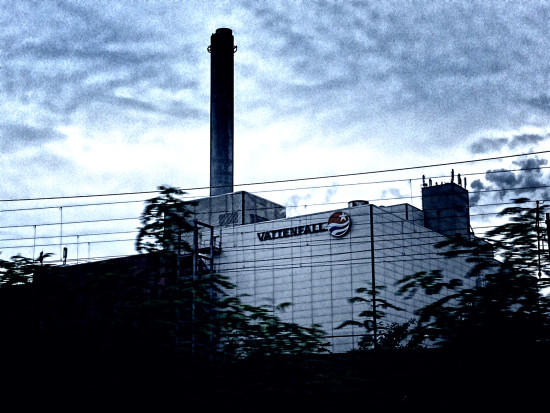Everyone knows that Germany’s panicked decision to exit nuclear power following the disaster in Fukushima, Japan, in 2011, and fast-track renewable power has had the unfortunate consequence of increasing the use of coal-fired power plants and causing a spike in CO2 emissions.
Most recently, writing in the New York Times this Monday, reporter Melissa Eddy put it this way:
“The race to shutter the country’s nuclear reactors by 2022, for example, has resulted in many power providers using brown coal, or lignite, the cheapest and dirtiest of all fossil fuels to keep the power flowing to customers. This, in turn, has led to an increase in carbon emissions”
It’s a simple narrative (less nuclear = more coal) but it’s wrong on several fronts.
German-based energy writer, Craig Morris, has covered these myths in detail — including a piece today — so I’ll focus on what seems to me to be the error with the most important implications: that the anti-nuclear component of Germany’s energy transition has caused a rise in CO2 emissions.
First, the experts I’ve talked with on two reporting trips to Germany (in 2012 and again last October), are, indeed, concerned about a pattern of increasing CO2 emissions in Germany. None of them, however, blamed the 2011 closure of 7 nuclear power plants for the increased GHGs.
Here’s why (Click on the “Enlarge” link in the caption for a better view):

Changes in German electrical power generation by source, 2010-2014. (Enlarge)
Nuclear power did indeed decline between 2010 and 2014 - by 43.7 Terawatt hours. But, that was more than compensated for by increased electrical generation by renewable sources, such as wind and solar, which rose by 52.6 TWh over the same time period.
What renewables did not replace was natural gas, which declined by 30.8 TWh between 2010 and 2014.
Germany’s single largest supplier of natural gas is Russia — and that country has raised the price of this valuable commodity. German utilities have reduced the use of pricy gas and replaced it with cheap (and dirty) coal. Although natural gas burns cleaner than coal, it is still a significant source of CO2 — unlike the renewable sources that Germany is investing in.
Still, Germany needs to make changes to reduce the use of dirty coal. But this isn’t news to German experts either. The government has said it will force the closure of the dirtiest coal plants, and there remains the possibility that the European Union’s failed carbon cap-and-trade program (which Germany is bound by) will raise the price of carbon pollution to levels that will actually have an impact on emissions. And, it should be noted that German’s CO2 emissions actually dropped last year. Without these other changes, that trend may not continue, however.
One last point: In the chart above, you may have noticed that nuclear power generation began to fall in 2006. That’s because the nuclear phaseout was not an emotional reaction to Fukushima, but an integral part of German energy policy that began in 2000, more than a decade before the nuclear disaster in Japan.
Craig Morris goes into much greater detail here pointing out the flaws in the NYT article. (And he has far better graphics than the one I threw together above.)





